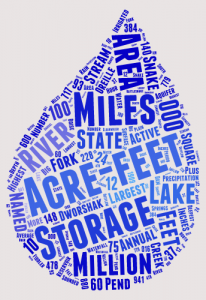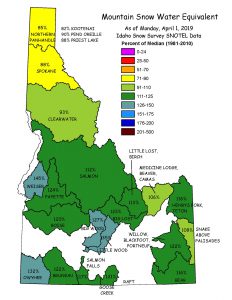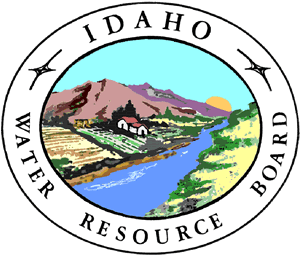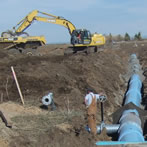The Hazard rating that is used by IDWR to classify dams and reservoirs is based on a three-tier system consisting of Low, Significant and High-hazard categories. It is important to note that the hazard classification assigned to any particular structure is based solely on the potential consequences to downstream life and property that would result from a failure of the dam and sudden release of water. Hazard is not to be used synonymously with the term “Risk” as they are not the same meaning. Risk incorporates a probability of failure; thus risk is equal to the probability of occurrence multiplied by the consequences that would result from a dam failure.
- High Hazard – A high-hazard rating does not imply or otherwise suggest that a dam suffers from an increased risk for failure. It simply means that if failure were to occur, the resulting consequences likely would be a direct loss of human life and extensive property damage. For this reason all high-hazard dams must be properly designed, and at all times responsibly maintained and safely operated because the consequences of failure are so great. IDWR considers the inundation of residential structures with flood water from a dam break to a depth greater than or equal to two (2) feet to be a sufficient reason for assigning to a dam a high-hazard rating. An up-to-date Emergency Action Plan is a requirement for all owners of High hazard dams.
- Significant Hazard – Significant hazard dams are those structures whose failure would result in significant damage to developed downstream property and infrastructure or that may result in an indirect loss of human life. An example of the latter would be a scenario where a roadway is washed out and people are killed or injured in an automobile crash caused by the damaged pavement.
- Low Hazard – Low hazard dams typically are located in sparsely populated areas that would be largely unaffected by a breach of the dam. Although the dam and appurtenant works may be totally destroyed, damages to downstream property would be restricted to undeveloped land with minimal impacts to existing infrastructure.










